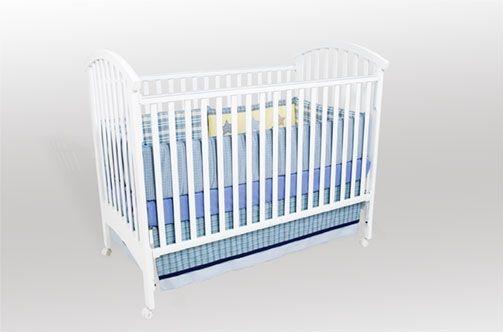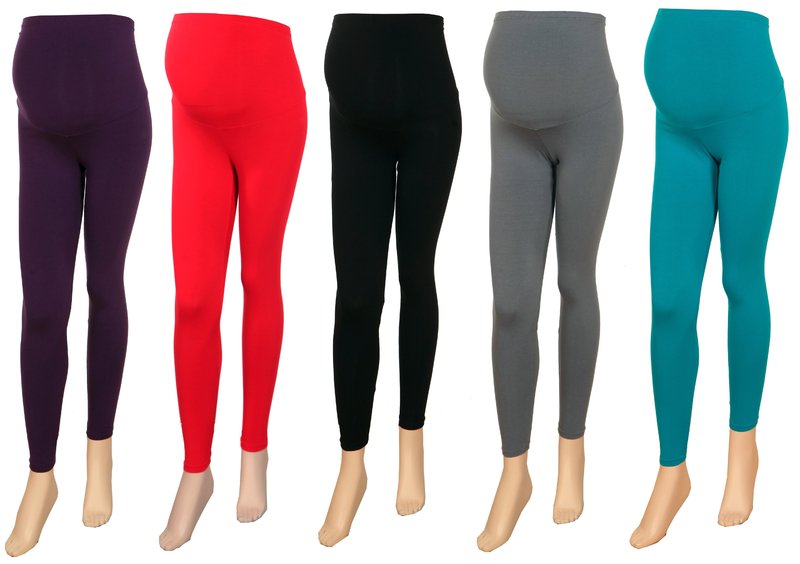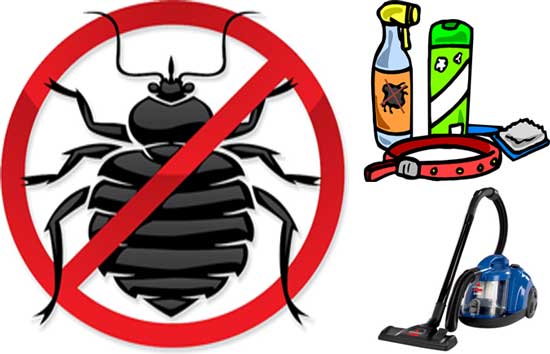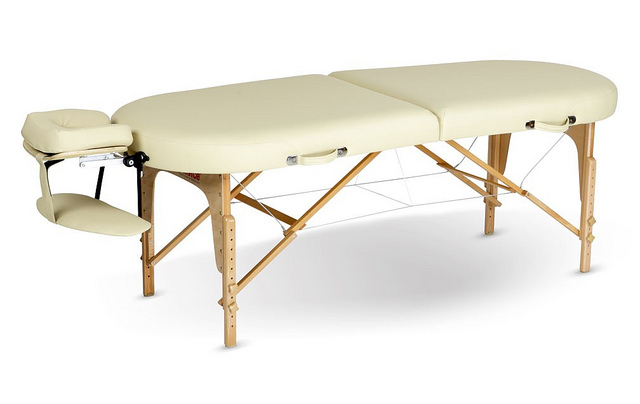A crib is the centerpiece of the nursery. A crib is also one of the most important purchases parents make for their little ones. Because your baby will spend considerably more time in their crib than any other place, you need a crib that not only provides comfort but also offers safety.
Given the multitude of cribs available, parents often find the process of choosing a crib overwhelming. Deciding on the best crib for a baby will depend on several things including safety, function, style, material, and versatility.
Types of Cribs
There are a few different types of cribs to choose from, all with specific benefits and advantages.
Standard
These basic cribs are the most common, and they typically assume a traditional rectangular plain frame. They tend to fit industry standard size mattresses. Usually, these models do not come with additional accessories.
Round
A round crib has a circular form. These contemporary cribs can have a plain and classic style, but most feature elaborate accents and unique details with customization capabilities. These uniquely shaped cribs require round mattresses, which may be hard to find. Mattresses and other round accessories may accompany these cribs, or they may be sold separately.
Canopy
Canopy-styled cribs consist of a high cover, typically cloth, curtain or drape, overarching the open space over the crib’s roof. Visually, the draperies often close three-quarters of the way around the crib, creating a cozy, tent-like environment or they feature draperies that tie back on each side. Often, canopy cribs take a circular shape. An alternative name for this crib type is round canopy crib.
Portable Cribs
A portable crib folds easily for storage and repositioning purposes. They can fit in small spaces. They feature wheels for mobility, enabling easy movement from room to room. Used sometimes for a traveling or visiting baby, portable cribs are particularly versatile, packable, lightweight and convenient. Some models may accompany two to four mattress levels and 1-inch thick mattress pad. You can even find portable cribs that also convert into daybeds.
Convertible Cribs
A convertible crib, also known as a lifetime crib, can transform into several pieces of furniture. Combinations can include a crib, toddler bed, daybed, single bed, twin size bed and bench. For example, the crib may say 2-in-1; which means the convertible crib has two purposes, typically a crib and toddler bed. These cribs usually feature a multilevel mattress spring system that adjusts to an infant’s growth.
To complete a transfiguration, such as to a full-sized bed, you may need to buy additional parts. Things like bed rails are usually sold separately. Use the table below to see the three common convertible crib options and their respective bed sizes.
| Crib Convert Options | Bed Sizes or Positions |
|---|---|
| 2-in-1 | Standard crib, full or twin size bed |
| 3-in-1 | Standard crib, daybed, full or twin size bed |
| 4-in-1 | Standard crib, toddler bed, daybed, full or twin size bed |
Sleigh Cribs
A sleigh-styled crib resembles a sleigh or sled. Sleigh baby cribs have a quaint, antiquated charm yet a refined and contemporary design. Most models are rectangular, but some are round. Such cribs typically feature a rounded and curved exterior to include the headboard and footboard. The curves may be modest or pronounced.
Eco-friendly or Green Cribs
Eco-friendly cribs tend to come in various shapes, from plain to abstract. These unique and innovative cribs invariably convert, anywhere from two to five varied configurations. For instance, some transform from a bassinet to a crib then a toddler bed to a junior bed then a desk. The idea is not only to accommodate growth spurts but also to appease eco-conscious parents and to cater to babies with certain allergies.
Crib Features
With so many brands and models of cribs on the market, each with its unique features, you can find it hard to interpret a feature and its importance. Use the following descriptions of the most common crib features available to help decide.
Convertibles – This term indicates the crib is multipurpose. In some cases, it suggests that the crib coverts to different-sized beds. In other cases, it can mean the crib can transform to another piece of furniture, such as a desk. Otherwise, a convertible bed may denote a combination of functions. A convertible feature helps families save space in smaller homes. Multi-functional crib designs help you stretch your furniture budget as your child matures.

Athena Convertible Crib and Changer
Attached Changing Tables – Some cribs feature an attached changing table to handle a baby’s diapering needs. The changing table is at a convenient height or may be height adjustable to enable diaper changes without needing to move from the crib area. These attached changing tables are available in many styles with storage area for diapers, wipes, rash creams and other supplies. A given changing table design may detachable and convertible, meaning they can alter to a play table, a book or media shelf, or even a student desk.
Mattress Height – Most cribs have a mattress with adjustable height. By simply lowering or raising the mattress support, you can change the height according to your child’s physical development. Consider lowering the mattress when your baby is able to sit up. Once your baby can stand, you should lower the mattress to its lowest station. This helps your child to avoid falling or climbing out of the crib as they become more active and mobile.
Mattress Support – Most mattress supports entail a metal frame suspended by firm springs designed to withstand wear, repeated bouncing and jumping. It’s important that the mattress support does not dislodge easily. It should remain securely in place even when you child, a sibling, or large pet pushes upward from below.
Storage – Many cribs come with handy built-in storage. Usually cribs that have a changing table attached also come with some storage. Some cribs feature a bottom drawer that fastens to the crib or slides freely under the crib using wheels. Other cribs have unattached storage areas designed specifically to match a crib or a particular nursery theme. The storing area may be drawers, shelves, bins or removable baskets.
Teething Rails – Many cribs have teething rails, plastic bands fitted across the crib’s rails, to avert your baby from nibbling or biting directly on the crib’s rails or wood. Although manufacturers usually install teething rails, you can purchase them separately.
Rolling Casters – Many cribs come with plastic or metal rolling wheels that make the crib easier to move. These rolling casters should accompany a locking mechanism. Particularly when your baby grows into a toddler, lockable casters prevent the crib from moving when your growing baby moves.
Crib Styles and Themes
Crib styles range from traditional to modern, so your personal preference comes into play. If you prefer simple lines and dark woods, a traditional-style crib fits well. For a sleek appearance, a metal or iron crib may be your choice. If you’re seeking to furnish a contemporary nursery, a crib with carved details and lightwoods would be ideal.
Available themes can complement any existing decor or can create a fresh concept. Popular themes include fantasy, geometry, science, marine, nature, gender, animation and sports. From warm, cozy and subtle to whimsy, lavish and dramatic, creating a baby haven that feels and looks just right starts with the crib.
Crib Materials
Cribs and crib accessories are made from several materials. From various metals and woods to eco-friendly materials, plastics and fabrics, the choices are abundant. Wood is the most common material in cribs, and it comes in a variety of hues from light, medium, espresso and dark wood to natural wood. Painted glosses include ranges of white, green, blue, pink, and yellow.
A green crib, for example, may derive from sustainable sourced oak and pine or renewable and recyclable materials. Manufacturers typically coat this type of crib with nontoxic, formaldehyde-free finishes and paints.
Crib Safety
Finding a crib that meets all present national safety standards is paramount. Put safety above all other criteria.
1. Do Not Buy Old or Antique Cribs
Do not buy a second-hand crib, hand-me down or a crib from a garage sale. Additional strict federal standards for cribs in recent years did not apply to older models, thereby making older models unsafe. Many older models have cutouts in the footboard or headboard, a hazard that can entrap your baby’s little head and other body parts. The baby’s garments could also become entangled and cause an injury.
Among several issues, older crib models are more likely to use to lead paint than older models. In 1995, the inherent dangers of used cribs were so irrefutable that the CPSC announced a roundup to destroy used cribs, which are responsible for about 50 infant deaths a year.
2. Do Not Buy Cribs with Drop Sides
In 2010, federal officials banned all drop-side cribs because they posed a serious danger to babies. Partially detached or loose drop sides create a gap between the crib mattress and drop rail, which can choke babies. According to the United States Consumer Product Safety Commission, these movable railings led to 32 infant deaths and thousands of injuries between 2000 and 2010.

Crib Safety Tips
By following our crib safety tips, you can proceed with making an informed purchase. These will help you prepare a safe environment for your crib.
- Look for the Juvenile Products Manufacturing Association certification before buying a crib. This ensures that the product underwent testing for quality and safety.
- Check the Consumer Product Safety Commission website to see if the crib of interest is on the recall list.
- Check slate spacing as it should be about 2 3/8 inches. Greater spaces pose a threat to babies and toddlers allowing a child to possibly suffocate, fall out of the crib or become stuck.
- Check the size of the corner posts and knobs. If the crib has these features, they should stand no greater than 1/16 of an inch. This prevents the baby’s clothing from snagging, which can cause choking and other injuries.
- Check the crib’s paint condition. Similarly, check for shards and splinters. Although older crib models are prone to chipping paint, lead paint, sharped edges, exposed nails, rough edges, protruding metals and discontinued features, even newer models can have defects. Look for other possible hazards.
- Check mattress size and fit. For a full-sized crib with inner dimensions of 28 inches by 52 inches, the mattress should be no more than 6-inches thick and should measure at about 27 1/4 inches by 51 5/8 inches. A snug fit is necessary for any mattress. The space between the crib and the mattress should be no wider than an inch. If more space is present, the mattress is too small. Remember ill-fitting mattresses are a suffocation hazard.
- The headboard or footboard should have no cutouts in which the baby’s head can become stuck.
- Always read and follow warnings provided with the crib. These warnings may be unique to the crib chosen.
- Always read and follow the manufacturer’s guidelines carefully regarding how to assemble and use the crib prior to crib assembly and use.
- Remove rattles and other toys from the cribs when the baby is unaccompanied or sleeping. Take out pillow-like items, such as comforters and cushions, from the crib as your child may choke on these items. Your baby may also use these items as props to get out of the crib.
- Do not position the crib near windows, clothes, curtains, blinds or any accessories with long cords. These settings or items pose a hazard.
Crib Assembly Tips
Proper assembly and proper use are the two best steps you can take to ensure crib durability.
- Be sure to follow the exact manufacturer’s assembly guidelines. Most cribs are easy to assemble, and they are easy to disassemble. They also have easy-to-follow instructions. If instructions are ambiguous, call the manufacturer or retailer.
- Shake the crib to see if it clatters or wobbles. A rattling crib may be an indication of poor assembly or of an inherently feeble crib. Check the assembly or return and look for a new crib.
- Make sure the crib does not have missing parts. Do not use substitute or improvised hardware on the crib.
- Check the crib regularly for loose screws, missing hardware, instability or anything unusual.
- Conduct a personal durability test: check the mattress support, innersprings and planks.
- Return the registration card that comes with the crib so you will be notified in the event of a crib recall. Most crib makers offer an online service to log registration card.
Mattress Options
Just like with you and me, there are a options for your baby’s mattress.
Innerspring Mattresses
Typically, innerspring mattresses offer more support and firmness than foam mattresses. Builders often associate the quantity of coils in an innerspring mattress with sturdiness. The measurement of the wire and quantity of turns per coil are two more factors influencing durability. A wire measure of around 15.5 or lower implies a suitably thicker, stronger and steadier quality. A mattress featuring 135 coils or more are also superior. Innerspring mattresses are typically more expensive.

Best Selling Safety 1st Mattress at Amazon.com
Foam Mattresses
The best way to measure foam mattresses is by density. High-density foam mattresses usually have greater than 1.5 pounds per cubic feet. However, most foam mattresses do not specify density. This makes it difficult for consumers to assess what they are buying. Consequently, Mom’s usually just measure the foam mattresses by thickness. Thickness varies, but it generally ranges between 3 to 6 inches.
You can use the weight of a foam mattress as a gauge. Foam mattresses normally weigh around 7 to 8 pounds, but memory foam mattresses can weigh nearly 20 pounds. The heavier the mattress, the denser it is.
Crib Purchasing Tips
Match with Other Furniture
The selection of crib styles are endless.Consider matching your crib to other furniture like cradles, dressers, chests, rocking chairs, gliders, change tables, and bookcases. Alternatively, you can mix and match furniture in unique sets. Assorted pieces of furniture can work just as seamlessly as corresponding furniture.
Measure Your Nursery
Room size is an important since an ill-fitting room can make simple nursery tasks cumbersome or awkward. A functional space is more important than a large space. Determine the amount of space available and let that guide how to decorate and furnish the space. This will help you create an ideal resting place for your baby.
Mobiles Are Fun
There are many mobiles that fit standard-size cribs. Mobiles can feature suspended, multi-directional moving characters. Other features include nightlights or the ability to play soothing tunes to lull the baby to sleep. Some mobiles are detachable, so you can take them with you or place them in different areas around the house. Remember to always check the sturdiness of the mobile for safety reasons.
Our Recommendations
There’s a lot to think about, so we have made a list to help every Mom find a perfect crib.
 Always look for the Juvenile Products Manufacturing Association (JPMA) certification seal to make sure the crib meets current safety standards.
Always look for the Juvenile Products Manufacturing Association (JPMA) certification seal to make sure the crib meets current safety standards.- Measure the distance between the crib and the mattress. Gaps greater than an inch are a suffocation hazard.
- Choose a firm mattress. Overly soft mattresses place infants and newborns at suffocation risk.
- Press hands on the mattress to see how quickly it reclaims its original shape.
- Avoid leash-like crib decorations, including bumper pads as they pose a choking risk.
- Choose mattresses with small side air holes that enable proper venting.
Why You Should Buy New
Most new cribs on the market adhere to both federal and voluntary safety standards. Cribs and children’s furniture continue to evolve, so newer models are likely to have improvements with the help of continuous studies and technological advances. Used cribs are subject to safety concerns involving poor construction and corrosion, including containing missing or recalled parts.
Why Buying Online is a Better Option
We recommend buying online so you can buy exactly what they want as opposed to settling for whatever is available at the local furniture store. Often physical stores only carry a few pieces of a given product, so you may have to wait weeks for another shipment.
Better deals are often available online, and you have the advantage of reading reviews prior to purchase. As a bonus, you won’t have to worry about the logistics of carrying or picking up the product.
More on prettylittleus.com
[columns_row width=“third”] [column]Baby Products
√Bed Rails[/column] [column]New Mom Essentials
♦Maternity Leggings[/column] [column]Others
♥Best Adderall Alternative[/column] [/columns_row]



